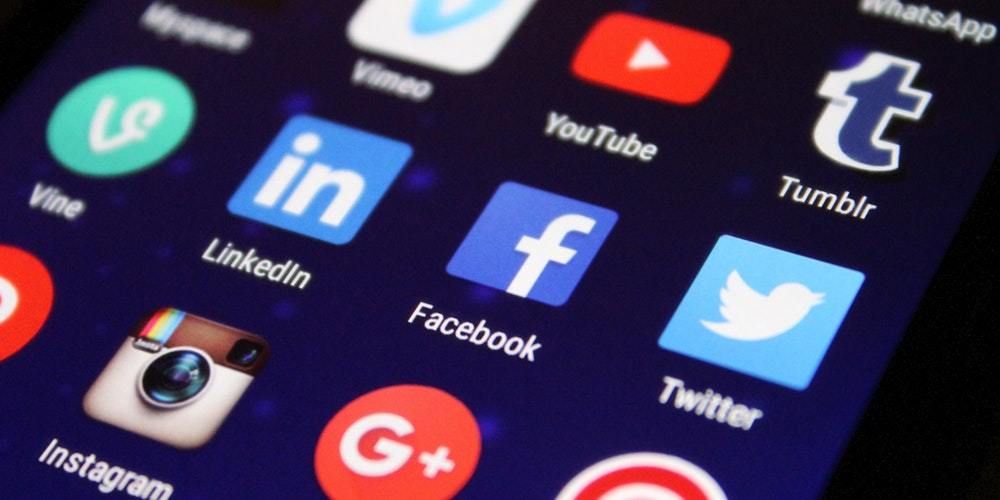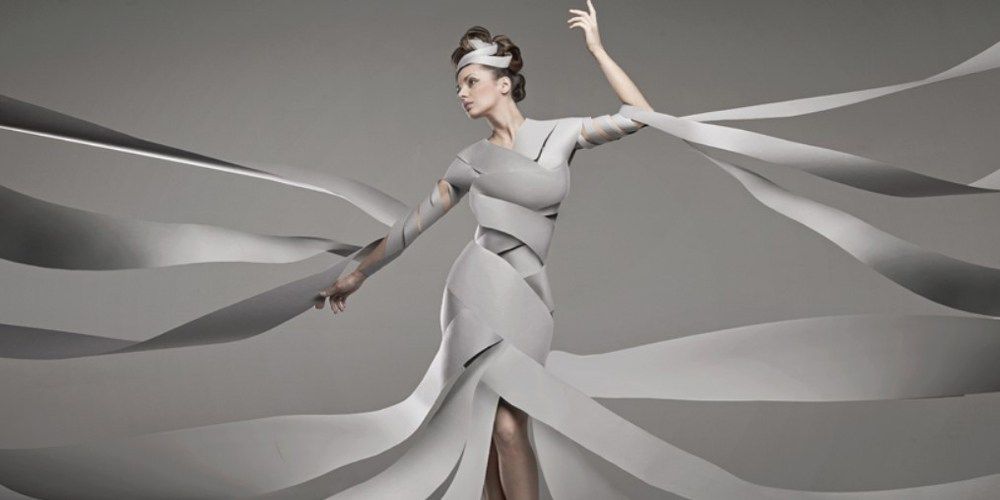Tech Trends Shaping the Future of Fashion Industry
Bharatwa Editor
. 3 min read

The fashion industry refers to design, market, manufacture, and sell clothes, footwear, and accessories and this undoubtedly pre-dates the history of the fashion industry, as people from thousands of years are wearing clothes, Adornments, Shoes, Jewellery etc.
The Modern fashion industry has developed rapidly in past 200 years, but in the digital age, it is able to change faster than ever. This change extends to all sectors: from design and marketing to production and sales. Here we will look at some of the ways in which technology has greatly changed the industry and have forced the business to adapt or stay behind.
How Smartphone Change the Fashion Industry

It's hard to believe that the first iPhone was released just ten years ago, and just six or seven years ago most people did not have smartphones. Everything that has changed now and the presence of a touch screen with access to the Internet in a pocket 24/7 is the norm. The arrival of the smartphone has obviously changed the business, as we know it, with people shopping, buying and viewing items on the go.
Also Read:
1. Boon or Curse: What are Fashion and Social Media to Us?
2. Will Robots Replace Runway Ramp Models?
Fashionable retailers had to think about new and innovative ways to address these mobile customers, and therefore virtual demonstration halls, real-time customer service and virtual payments were invented. Today, two of the three Millennials prefer to buy online, rather than go to a physical store, and 80% of Americans made an online purchase last month! Latest Smartphone has become another fashion item today.
At a structural level, the mobile phone though occupying a minimal part of the space of clothing, but still it talks about your persona; it has caused a crisis in fashion's system of meanings, it is a nomad on the body (in moving from the pocket to the ear it crosses for a long-distance over the body and its clothing).
How Social Media Help's In Shopping

Remember the time on Facebook? Well, not many millennia. Today it would be almost 14 years, when Mark Zuckerberg launched the world's largest social networking platform in 2004. There is a whole generation that only knows the world with social networks, and what is happening in the virtual world has real-life consequences in the real.
More than a third of women of millennia say that social media are among the most influential people in buying clothes. People visit Facebook, Instagram, and Snapchat every day, publish their employees and build their own social brand. In one of the reports in the UK, it was shown that the culture "wears once" arose when clothing was thrown out after only a few works.
This is due to the fact that women do not want them to wear the same garment twice, which, unfortunately, has far-reaching consequences. Fashion companies soon realized how important social media is, and jumped on the bandwagon.
Also Read:
1. Best 5 Upcoming Smartphones Launches in February 2018
2. This is How Smartphone Addiction is Affecting our Physical and Mental Health
The influence of social networks also changed the way fashion models are chosen, and Kendall Jenner is a perfect example. Instead of her look or talent, she became Este Lauder's face because of her 25 million followers on Twitter and an amazing 85 million on Instagram.
One of the top targets for fashion and beauty marketing—are bombarded with Facebook ads. Facebook has created personalized data-oriented advertising, targeting advertisements for people.
How 3D Printing Turns The Fashion Industry

3D printing has not yet changed the fashion industry, but we may well be on the brink of a revolution that will turn the whole industry into her head. If 3D printing comes out and becomes economically sustainable for the average house, we'll see something similar to when MP3 goes to the music industry.
Just as people started to share music on the Internet, they can just as easily share projects on the Internet, print them out and even sell - all without having to pay a penny.
There will be advantages for 3D printing; the carbon footprint will drop dramatically as shipping decreases, the production process will become faster and less material will be used, and designers can test and distribute their ideas around the world in a matter of minutes. Only time will tell what will happen. 3D-printed clothes are pretty much the exclusive purview of haute couture but are found only in Museums. But as the technology is adopted by more apparel makers, it has the potential to trickle down to the masses. In further development people will define it as "items made with you, that fit your body".
In the fashion business, we all know how necessary it's to keep up with the newest technologies. Leading fashion houses make sure that they are always one step forward of others with current technology. New Technologies provide customers the flexibleness to structure their label catalog and supported their own distinctive business model.
More Stories from
15 Pakistani Movies That Will Make you Forget Bollywood
We have compiled the ultimate list of top 15 Pakistani movies that you shouldn't miss, these left a greater social impact.
Film Mafia, Fueling the Fire and Enraging Masses
Film Mafia of Bollywood is Fictionalizing history, Rubbishing Religion, Promoting Anti-National Spirit, Mocking Hindu Gods, Award Wapsi and Intolerance drive
How did India respond to Donald Trump's 25% tariff penalty on India?
Trade tensions between the United States and India have sharply increased as a result of this recent development. Know how India responds to Donald Trump's 25% tariff penalty on India.
Geoffrey Hinton's AI Warning: The Most Dangerous Invention Ever
AI is both beneficial and dangerous, depending on how it is developed, deployed, and regulated.
Unbelievable Facts about World History that will surprise you
Human history and the natural world are filled with mysteries, marvels, and strange truths that challenge our understanding. In this article, we will explore some unbelievable facts about world history.





